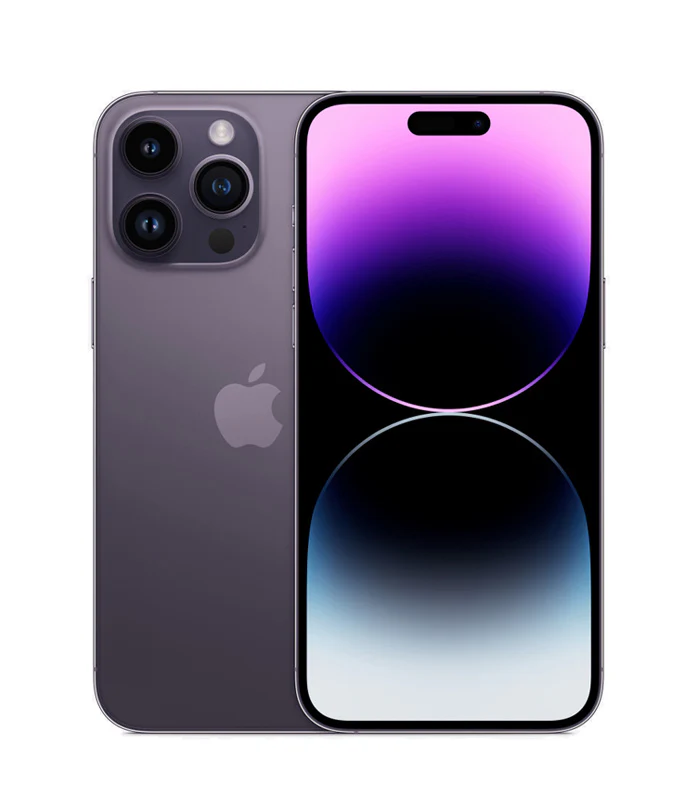Apple’s iPhone 14 Plus arrived in late 2022 as a more affordable alternative to the Pro models, offering a large 6.7-inch display without the premium price tag. Now in 2025, with newer iPhones and Android competitors available, does it still hold up? This review examines its performance, camera quality, battery life, and value to determine if it’s a smart buy today.
Key Specifications
- Display: 6.7-inch Super Retina XDR OLED (60Hz)
- Chipset: A15 Bionic (5nm, 6-core CPU, 5-core GPU)
- Storage Options: 128GB, 256GB, 512GB
- RAM: 6GB
- Rear Cameras:
- 12MP main (f/1.5, sensor-shift OIS)
- 12MP ultra-wide (f/2.4, 120° FoV)
- Front Camera: 12MP TrueDepth (f/1.9)
- Battery: 4,325mAh (up to 26 hours video playback)
- Charging: Lightning (20W wired, 15W MagSafe)
- Durability: Aerospace-grade aluminum, Ceramic Shield, IP68
- OS: iOS 16 (upgradable to iOS 18+)
Performance & Software
The A15 Bionic chip, while not the latest, still delivers solid performance for everyday tasks, social media, and even moderate gaming. However, it’s noticeably slower than the A16 (iPhone 14 Pro) and A17 Pro (iPhone 15 Pro).
✅ Pros:
- Handles most apps smoothly
- iOS 18 support ensures updates for years
- Efficient power management
❌ Cons:
- No ProMotion (60Hz only)
- Slower than 2025 mid-range Android chips (e.g., Snapdragon 7+ Gen 3)
Performance Comparison (2025):
- Better than: iPhone 13, Pixel 7a
- Worse than: iPhone 15, Galaxy S23 FE
Design & Display
The iPhone 14 Plus features a large 6.7-inch OLED screen with great color accuracy but lacks a high refresh rate (60Hz only)—a major downside in 2025.
Design Highlights:
- Lightweight (203g) for its size
- Flat aluminum frame with glass back
- No Dynamic Island (still has a notch)
Downsides:
- 60Hz feels outdated next to 90Hz/120Hz Android phones
- Lightning port (no USB-C)
Camera Quality
The dual 12MP camera system is good but shows its age compared to newer iPhones and Android rivals.
Strengths:
📸 Good daylight photos with natural colors
🌙 Decent Night Mode (but not as good as newer iPhones)
🎥 Stable 4K video recording
Weaknesses:
🔍 No telephoto lens
📷 Ultra-wide is mediocre compared to newer sensors
🎞️ Lacks Cinematic Mode & ProRes video
Battery Life
The 4,325mAh battery is one of the best in any iPhone, easily lasting 1.5–2 days with moderate use.
Battery Comparison (2025):
- Better than: iPhone 15 (3,349mAh)
- Worse than: iPhone 15 Plus (4,383mAh)
- Similar to: Galaxy S23+ (4,700mAh)
Charging is slow (20W max), especially compared to 65W+ Android phones.
Unique Features
- Emergency SOS via Satellite (lifesaving in remote areas)
- Crash Detection (advanced safety feature)
- Long software support (iOS updates until 2027+)
Value for Money in 2025
Originally $899, now available refurbished (~$500) or used (~$400).
Alternatives at This Price:
- iPhone 15 ($599 new) – Newer chip, USB-C, better cameras
- Galaxy S23 FE ($499) – 120Hz display, better zoom
- Pixel 8 ($549) – Superior AI features, better cameras
Final Verdict: Should You Buy It?
✅ Worth Buying If:
- You want a big-screen iPhone on a budget
- Need long battery life
- Can find it under $450 in good condition
❌ Skip If:
- You want USB-C, 120Hz, or better cameras
- Prefer Android’s faster charging & high refresh rates
- Can stretch to an iPhone 15 (~$599 new)
The Bottom Line:
The iPhone 14 Plus is still a decent phone in 2025, especially for those who prioritize battery life and iOS simplicity. However, its 60Hz display, Lightning port, and aging cameras make it feel outdated compared to newer options.
For budget-conscious iOS users, it’s a reasonable choice at a discount. But if you can spend a bit more, the iPhone 15 or Galaxy S23 FE offer better value.



